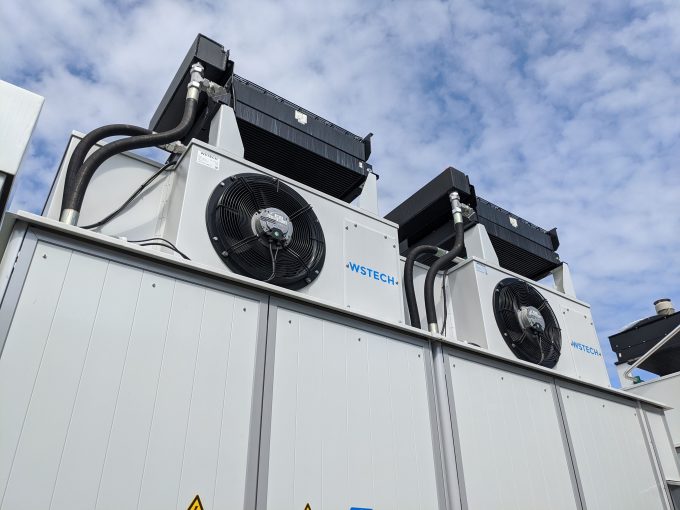Gore Street publishes upbeat trading update – Gore Street Energy Storage Fund says that in September, the storage assets it has in Great Britain that participated in the actively-traded GB power markets generated revenues nearly two times their September forecasts. This is due to increasing GB power prices and price volatility and the ability of the company’s storage assets to respond to the opportunities that the current market presents; which conditions are expected to continue in the short-term.
September was a strong month not only for Great Britain’s energy markets and but more widely across Europe, with record power prices recorded in both the UK and Europe. Increasing price levels are expected to continue through October and beyond, driven by rising natural gas prices, limited gas storage capacity, low wind conditions, colder temperatures and increasing demand as winter approaches and economies recover. These conditions are also increasing pricing volatility, creating power trading opportunities. The company’s assets are among the most technologically advanced and responsive on the UK and Irish grids, and as such are well placed and capable of both filling needs in the UK and Irish markets and benefitting from the increased volatility in the energy markets.
Dynamic Containment (DC) and Balancing Mechanism (BM) are two of the main revenue streams that make up the company’s revenue stacking strategy. Whilst DC is one of the National Grid’s frequency response services designed to be fast-acting after a significant frequency deviation, BM is the platform used by National Grid to buy and sell electricity from market participants to manage system constraints and the overall energy balance in real time. EirGrid, the electricity system operator in Ireland, offers a similar balancing mechanism for the Irish Grid.
Prices in the UK Balancing Mechanism hit a record high of £4,038/MWh in early September. The last time the market saw similar price levels was in January 2021, shortly after a dramatic jump to £2,750/MWh, which, at that time, was then the highest level in nearly 20 years. Similar trends could be observed in the Irish market, where September imbalance prices reached €4,680/MWh during evening peaks.
With increased pricing and volatility, several of the storage projects began trading in the GB markets, with the result that September revenues for those projects were nearly two times more than they were forecast to earn, had they relied on DC revenues.
Industry consensus is for continuing volatility and high prices throughout the Winter, driven by the factors described above and tight capacity margins relative to peak demand. National Grid ESO has warned of tight margins due to supply uncertainty, predicting a base case de-rated margin (the amount of supply expected to be available against underlying peak demand) of 4.3GW or 7.3%, the lowest in decades.
Such price volatility, rather than high base prices, is an important driver of trading opportunities in energy markets, which will benefit Gore Street as it is well-positioned to capitalise on the trading opportunities that the market currently presents.
GSF : Gore Street publishes upbeat trading update
